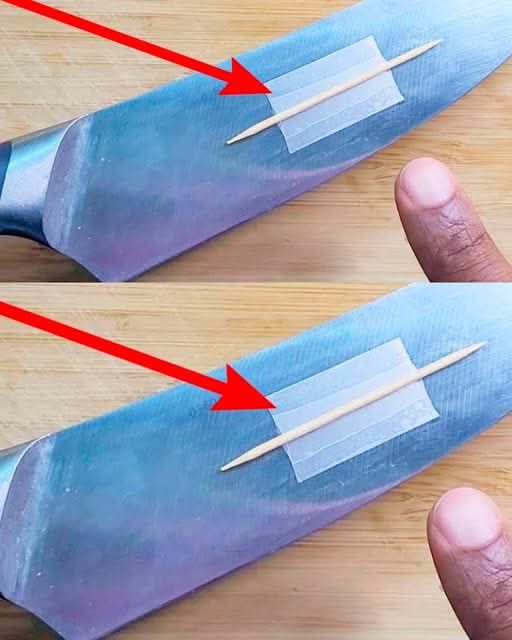ADVERTISEMENT
Toothless Knives: The Secret of Chefs Finally Unveiled
Have you ever wondered how professional chefs effortlessly slice through the toughest cuts of meat or finely chop delicate herbs with what seems like little effort? The secret behind their ability to wield knives with precision and ease lies in an often-overlooked detail: toothless knives.
This isn’t referring to a knife with missing teeth, of course, but a concept that professional chefs have been using for years—it’s about the design of the blade, the sharpening technique, and how a knife performs its job in the kitchen. Let’s uncover the mystery behind toothless knives and why they’re the key to a chef’s effortless cooking skills.
What Are Toothless Knives?
When we say “toothless,” we’re referring to a smooth edge blade. The term “toothless” is often a metaphor for a blade that lacks micro-serrations or teeth—those tiny grooves that many knives have to help them cut. Chefs prefer knives with smooth, well-maintained edges, as these blades allow for cleaner, more precise cuts. But, how does this “toothless” technique differ from other knives with serrated edges, and why do chefs prefer it?
Serrated Knives vs. Smooth Knives
- Serrated knives: These knives have teeth, and their design is similar to a saw blade. They are great for cutting through hard surfaces like crusty bread or tomatoes, where the outer layer is tough but the inside is soft. The serrations grab the surface and make it easier to cut without crushing the delicate interior.
- Smooth knives (or toothless knives): These knives are designed with a straight, continuous edge. A smooth knife provides a much cleaner and more controlled cut, making it ideal for cutting vegetables, fruits, meats, and other delicate ingredients. Chefs love them for their ability to make precise, straight cuts with little force, which enhances both presentation and the texture of the food.
The Secret to Precision: Why Chefs Use Toothless Knives
Professional chefs swear by toothless knives for their ability to provide clean, smooth cuts. Here’s why this type of knife is so essential to their toolkit:
- Clean Cuts for Better Presentation: Smooth edges make slicing more precise. This is especially important when it comes to presentation. For instance, when cutting fish or delicate vegetables, using a smooth knife prevents crushing the flesh, ensuring that your ingredients look as fresh and appealing as possible.
- Sharper and More Efficient: A well-maintained smooth edge is usually much sharper than a serrated one, which means it will cut more efficiently with less effort. This sharpness allows chefs to make quick, controlled cuts, whether they are chopping herbs or carving through a roast. A sharper knife also minimizes the risk of injury because it requires less force to cut.
- Versatility: Smooth-edge knives can ha
